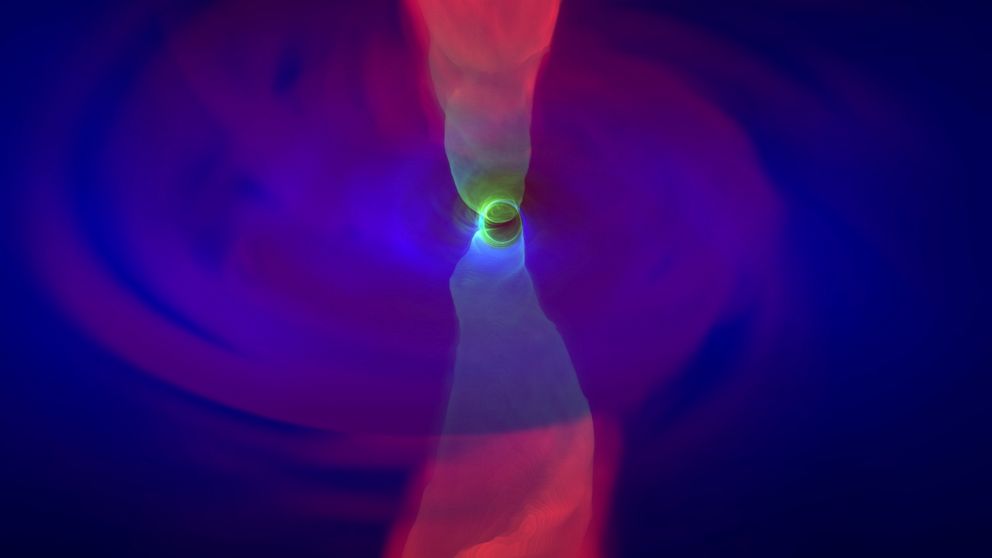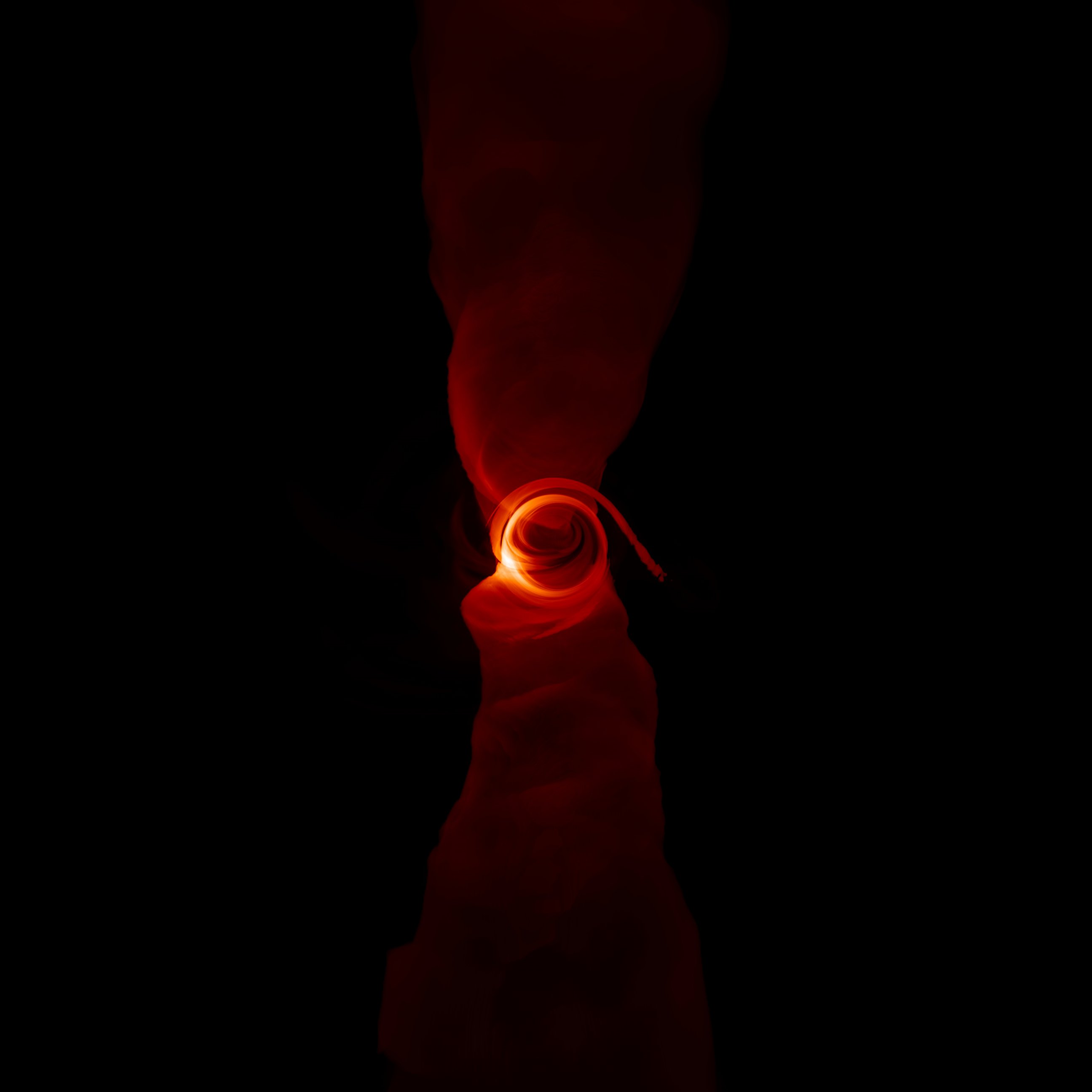Scientists Plan to Capture Image of Black Hole's 'Point of No Return'
The first-ever snapshot is set to be taken in 2017.

— -- Perhaps one of the biggest space oddities is the mysterious point of no return inside of a black hole. Scientists now believe they're on track to get the first-ever photo of the unexplored area -- called the event horizon -- by 2017.
Using a network of nine telescopes, a project called the Event Horizon Telescope is focusing on a black hole located at the center of the Milky Way called Sagittarius A*. The event horizon is the area around a black hole where gravity is so powerful, light and material cannot escape.
While black holes have been imaged before, this will be the first time an event horizon is captured on camera. Scientists have meticulously calculated the proper wavelength of light they plan to use in order to capture the photo.
"We've run upwards of a million simulations, for many different configurations," Feryal Ozel, a professor at the University of Arizona, told the BBC.

When the photo is finally taken, Ozel wrote on her website that she and her colleagues expect to see a shadow, which would show evidence of a black hole and support Einstein's Theory of General Relativity.
Black holes are super massive -- and the event horizon of Sagittarius A* is predicted to be 17 times bigger than the sun. However, since the black hole is 25,000 light years away from Earth, it will appear incredibly small in the sky. As a comparison, Ozel told the BBC the disc takes up as much of the sky as a compact disc would sitting on the moon.
Aside from getting the first-ever image of a black hole's event horizon, scientists also said the project will enable them to study how black holes gain matter and grow in mass.




